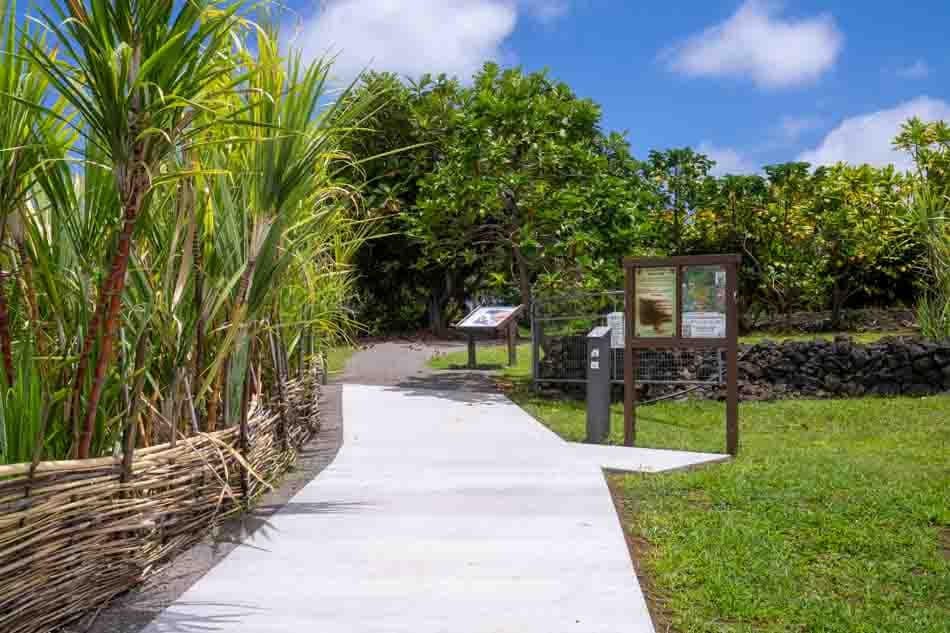
Amy Greenwell Ethnobotanical Garden
Ka mālama ‘ana i ka mo’omeheu. I mea e ola ai mai kēia mua aku. Preserving culture. So that there is life to come.

Training Session
First Foods
Saturday, Dec 6
Register by Nov 28
9:00 AM - 12:00 PM
3 Hour Duration
Amy Greenwell
Botanical Garden
ECE Providers Will Learn:
- Introduction to traditional Native Hawaiian First Foods
- Tips for healthy feeding & food preparation
- Hands-on demonstrations
Bonus: Attendees who complete the training receive a certificate for 3 hours & printed curriculum materials.
Registration Info
Free with $5.00 Refundable Deposit
74-5599 Luhia Street #F4
Kailua-Kona, HI 96740
*Your seat is confirmed when deposit is received*
Deadline: November 28
Recurring Events
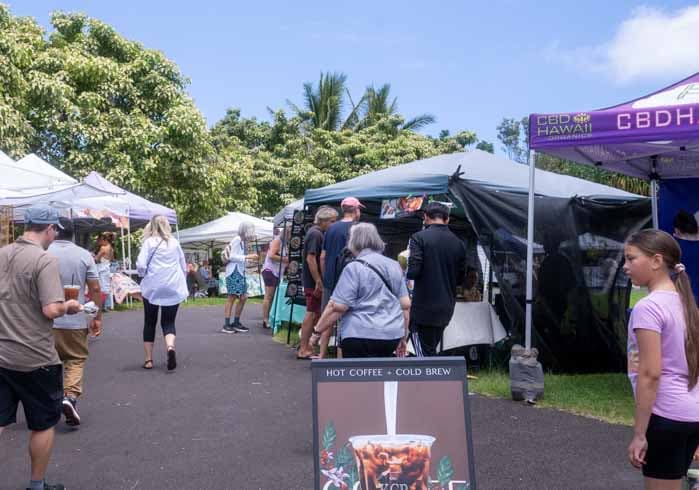
Pure Kona Green Market
Great farmers market featuring delicious food, crafts, and produce from our local artisans and farmers.
Every Sunday: 9 am - 2 pm
Free for all ages
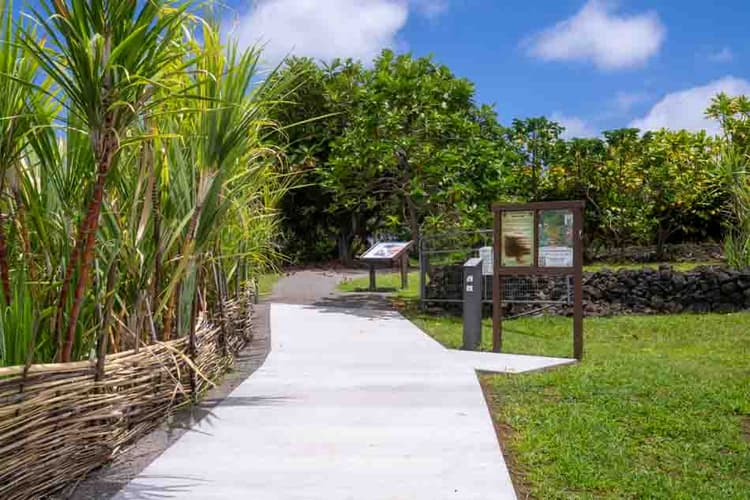
Garden Volunteer Days
Come and join our dedicated volunteers for garden work and having fun. Meet at our Visitor Center, located at 82-6160 Mamalahoa Hwy, Captain Cook, HI 96704, USA to sign in for the day and meet the crew!
Every Saturday: 9 am - 12:30 pm
Free for all ages
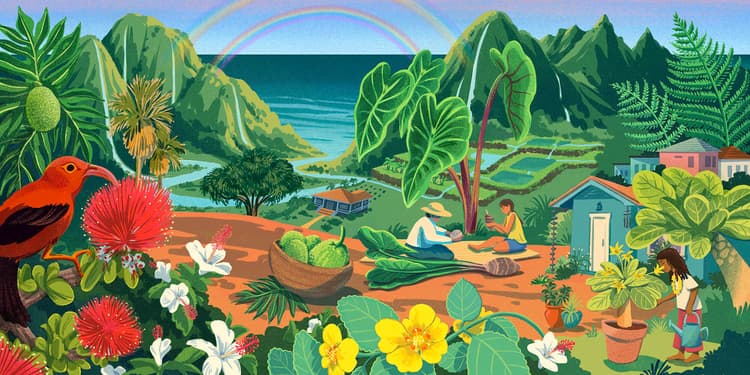
Grow Aloha Plant Adoption
When we grow Hawaiian native plants and heritage crops, we grow aloha for ʻāina. Adopt one of these cherished plants every third Sunday!
Every Third Sunday: 9 am - 12:30 pm
Free for all ages
Learn More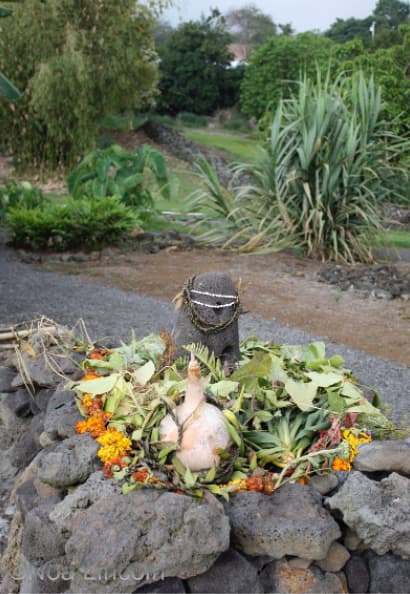
Over 200 native plant species
About the Garden
Amy Greenwell Ethnobotanical Garden is a vibrant 15-acre biocultural kīpuka – a protected remnant of land with plants and agricultural features from an earlier era. Located in South Kona, the Garden, which is also an officially designated community forest, showcases over 200 species of native and Polynesian-introduced plants that predate the arrival of Captain Cook in 1778. From culturally significant plants like kalo (taro) and maiʻa (banana) to rare and endangered species like kōki’o (Kokia species), this garden is a treasure trove of Hawaii's botanical heritage. The Garden also includes a fascinating 5-acre archaeological site, preserving the features of ancient Hawaiian agricultural lands that once fed a large population in Kona.
Our History
Kona Field System Established
Establishment of the Kona Field System by Native Hawaiians, featuring large stone archaeological features around which a thriving upland agricultural system developed to feed a population comparable to that living on the Big Island today.
Bishop Museum
The Garden bequeathed by Amy Greenwell to Bishop Museum for the purpose of conserving an example of the historic Kona Field System and curating a collection of native (endemic and indigenous) and Polynesian-introduced “canoe” plants used for food, fuel, fiber and medicines.
Public Opening
After a number of archeological studies and several years of planting and curating a unique collection of native, rare, endangered and useful Hawaiian plants, Amy Greenwell Ethnobotanical Garden opened to the public, becoming a beloved landmark for knowledge sharing, cultural activities and nature appreciation.
Community Ownership
After more than 30 years as part of Bishop Museum, the Garden devolved to community ownership, marking a new chapter in a rich history starting with several phases of agricultural production and now transitioning to a new existence as an anchor of biocultural knowledge sharing and a source of enjoyment for local residents, students and visitors for years to come.


The Experience

As you wander through the Garden, you'll experience a variety of ecological zones, from coastal and dry forests to lush agricultural and wet forest areas. It's not just a place of beauty—it's a living classroom dedicated to conserving native plants and supporting traditional Hawaiian land use and cultural practices.
Stay up to date with events and news from the garden!
Sign up for our newsletter.
Mahalo to Our Funders
...and to our legacy funders
Cooke Foundation, Ltd.
Atherton Family Foundation
Contact Us
Garden Hours
- Monday:Closed
- Tuesday-Saturday:9am - 4pm
- Sunday:9am - 2pm
Holiday Hours
- Thanksgiving Day:Closed
- Christmas Day:Closed
- New Years Day:Closed
Contact Us
- Phone number
- +1 (808) 767-1814
Garden Location
Amy B.H. Greenwell Ethnobotanical Garden
82-6160 Hawaii Belt Rd
Captain Cook, HI 96704
USA